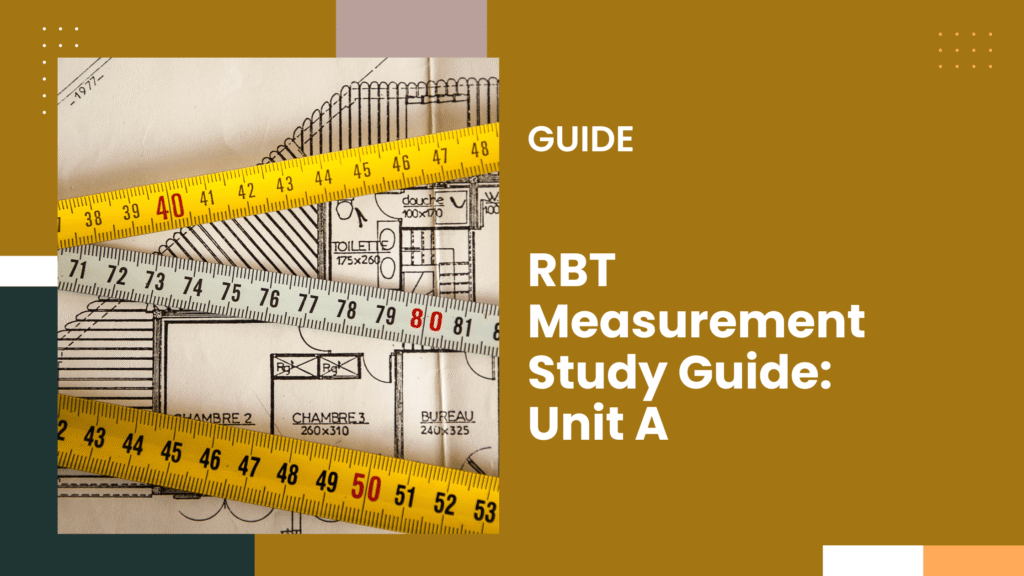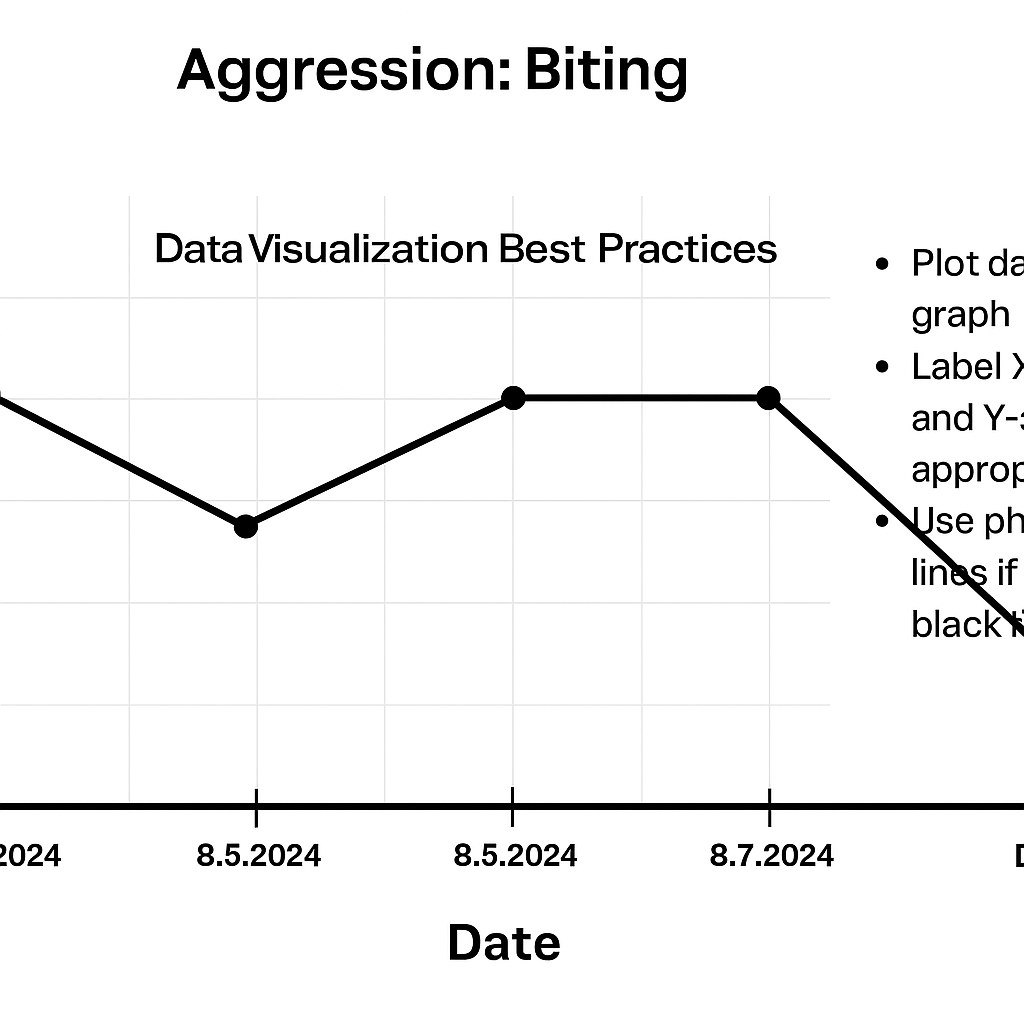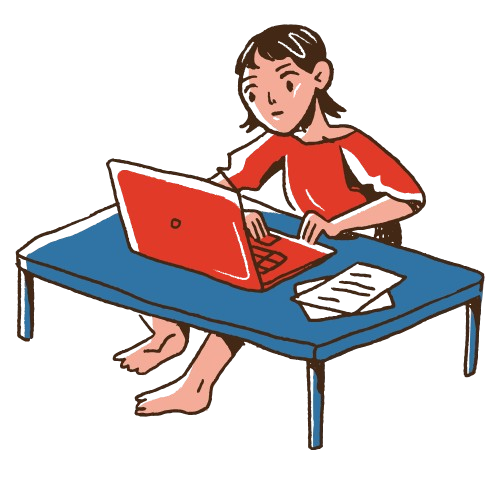
To ace this RBT exam, you need to master measurement, and that too not vaguely, not roughly, but precisely.
To be honest, this first Unit A of the RBT Task List is quite simple. You just have to track what’s really happening, and Measurement is how you separate guesswork from data, and in Applied Behavior Analysis (ABA), data is everything.
1. Prepare for Data Collection
You don’t just walk in and start counting what someone does. You get ready first.
That means you look at your client’s goals, read what each behavior means, and make sure your tools—like clickers, timers, or data sheets—are ready to go. You also need to be clear about what behavior you are watching.
Here’s why it matters: if you’re not ready, even a small delay can mess up your whole session.
So always start your shift like it’s important—because it is!
2. Implement continuous measurement procedures
You also need to know that some behaviors demand precision, and that’s where continuous measurement comes in.
You’ll learn how to record:
- Frequency
- Duration
- Latency
- Interresponse Time (IRT)
3. Implement discontinuous measurement procedures
We are all human, and the truth is you can’t catch everything, especially in busy or group settings.
That’s where discontinuous methods shine:
- Partial interval records if a behavior happened at all during a time slot.
- The whole interval only counts it if it happened throughout the interval.
- Momentary time sampling checks if the behavior is happening right now at specific moments.
Unlike the continuous measurement process, these methods help you track patterns without burning out.
4. Implement permanent-product recording procedures
Sometimes, you don’t need to see the behavior itself—just the result.
That’s permanent-product recording.
Think of it like how many math problems were completed, how many pieces were assembled, and how many items were cleaned up.
It’s very much objective, simple, and perfect when you can measure without direct observation.
5. Enter data and update graphs

As an RBT, you will watch and keep track of how a person acts and what skills they are learning. You will write down what you see and then turn that into a chart or graph.
This helps make the information easier to understand.
Then, the BCBA (your supervisor) will look at your graph to see how the person is doing. They will use your data to decide what to do next in the person’s therapy.
You need to learn how to use a computer or tablet to make these graphs. That way, everything is neat and easy to share.
Data without analysis is just numbers.
Clean lines, accurate labels, and consistent tracking—it all adds up to better decisions for the client.
6. Describe Behavior and Environment in Observable and Measurable Terms
Feelings don’t matter much in ABA. You need to write about what people do, not what you think they feel.
That means you only talk about things you can see or count. So, your job is not to guess what’s going on inside their head.
For example, don’t say “The worker was bored at the meeting.”
Instead, I want you to say, “The worker looked at the clock five times, sighed loudly, and played with their pen.”
This way, you’re being clear and fair. You’re telling what really happened, and not just guessing.
And remember: If a dead person can do it, it’s not a behavior. For example, “being bored” isn’t something you can see. But looking at the clock and sighing are things you can see.
This might be the most undervalued skill in ABA: describing behavior and environment in observable, measurable terms. You’ll learn how to describe what actually happened (“client threw toy within 2 seconds of demand”) instead of subjective language (“client was being difficult”).
Because in this field, precision isn’t optional—it’s ethical.
Unit A is the first part of your test, but it’s also very important. If you don’t know how to watch, tell, and write down behavior the right way, then the other things you try to do may not work.
Take your time with this part. Practice it a lot. Learn it well. When you measure behavior the right way, the rest gets much easier.
